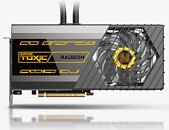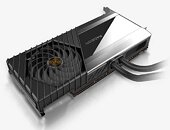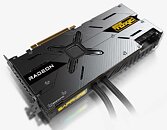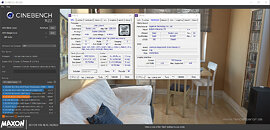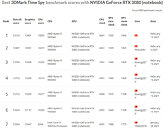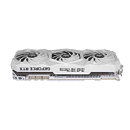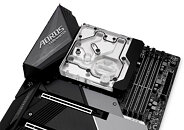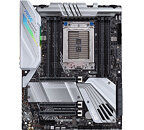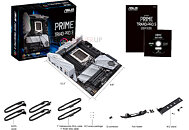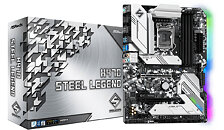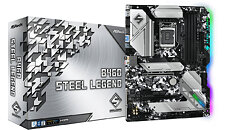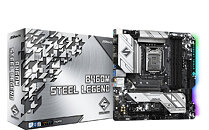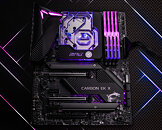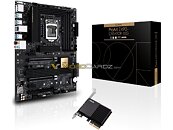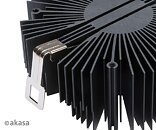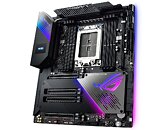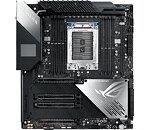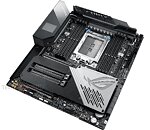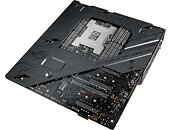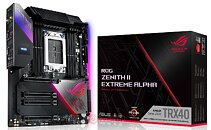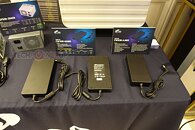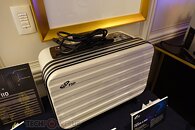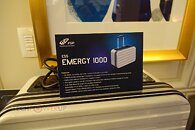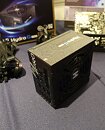
GALAX GeForce RTX 4090 HOF PCB Pictured with Two 16-pin Power Inputs
GALAX showed off its GeForce RTX 4090 HOF (hall of fame) graphics card targeting enthusiasts. The card is meant to be paired with extreme cooling solutions to climb up benchmarking leaderboards. A massive 27+4 phase VRM powers the card, which pulls power from two 12+4 pin ATX 12VHPWR connectors for a theoretical maximum power draw of 1275 W. The idea behind the two connectors is to support a power-limit that's above 600 W. We'll have to wait and see what it is, but we doubt it's "1200 W."
The additional power connector should also help soak up excursions during intense benchmarking sessions, which could otherwise destabilize the OC and cause the benchmark to crash. The production of the card, in its OCLab Edition SKU, typically ships with a Bitspower-sourced water block. If you're having déjà vu reading this post, it's because this is actually the second HOF graphics card by GALAX to feature two 12VHPWR inputs, the previous one was the RTX 3090 Ti HOF, which was released in April 2022.
The additional power connector should also help soak up excursions during intense benchmarking sessions, which could otherwise destabilize the OC and cause the benchmark to crash. The production of the card, in its OCLab Edition SKU, typically ships with a Bitspower-sourced water block. If you're having déjà vu reading this post, it's because this is actually the second HOF graphics card by GALAX to feature two 12VHPWR inputs, the previous one was the RTX 3090 Ti HOF, which was released in April 2022.
























